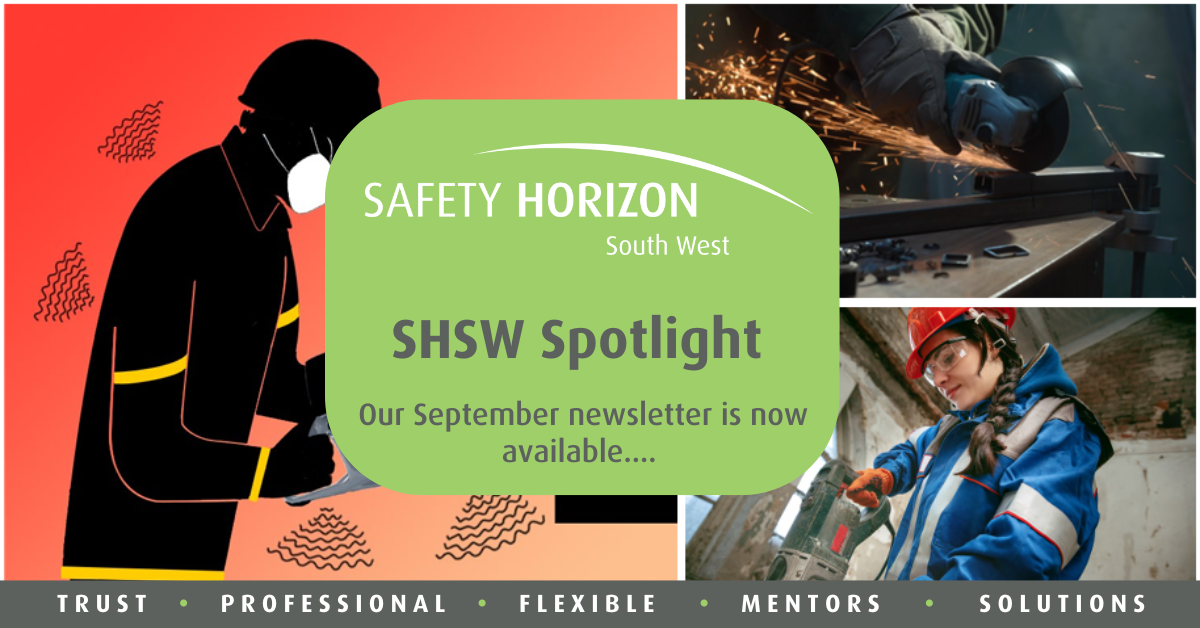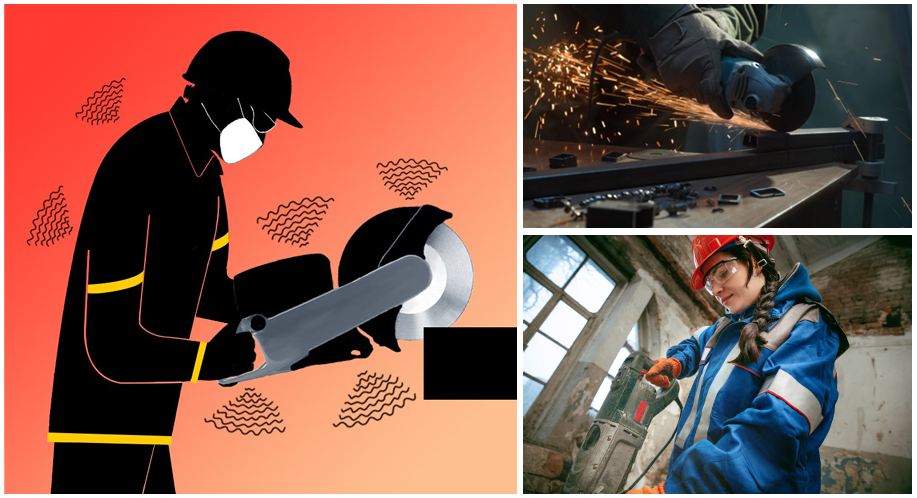Working safely during the coronavirus (COVID-19) outbreak - protecting vulnerable workers
H Osborne • 30 June 2020
How to protect your vulnerable workers during this time
As an employer, you have a legal duty to protect workers from harm. You should make sure you consider the risk to workers who are particularly vulnerable to coronavirus and put controls in place to reduce that risk.
During the coronavirus (COVID-19) outbreak, the government has defined some people as clinically extremely vulnerable (shielded).
Shielded workers are at increased risk of severe illness from coronavirus. They cannot return to workplaces before at least 31 July 2020 in Scotland, from 1 August 2020 in England and from 16 August 2020 in Wales when shielding is paused.
You can find guidance on shielding and protecting workers, explaining who is clinically extremely vulnerable, from Public Health England, Health Protection Scotland and Public Health Wales.
Supporting shielded workers returning to work
You should talk to shielded workers about their working arrangements and take every possible step to enable your workers to work from home.
When shielding is paused, where it is not possible for workers to work from home, you must regularly review your risk assessment, and do everything ‘reasonably practicable’ to protect those workers from harm.
If workers are in the shielded categories, explain what will be done to protect them, for example doing tasks where stringent social distancing guidelines can be followed.
This also applies to workers living with someone in the shielded group.
You can find more advice on shielding and protecting vulnerable people on GOV.UK.
Pregnant workers
During the outbreak, pregnant workers have been advised to follow stringent social distancing to reduce the risk of severe illness from coronavirus.
There is a long-standing requirement for employers to put in place measures to ensure workplace safety where a significant health and safety risk is identified for a new or expectant mother.
Some pregnant workers will be at greater risk of severe illness from coronavirus. They should have received a shielding letter from the NHS advising them:
- to stay at home where possible
- that they are not expected to be in a workplace
- Employers will need to take this into account in their risk assessment.
If you cannot put the necessary control measures in place, such as adjustments to the job or working from home, you should suspend the pregnant worker on paid leave. This is in line with regulation 16(3) of the Management of Health and Safety at Work Regulations 1999.
HSE has specific, non-COVID advice for new and expectant mothers.




